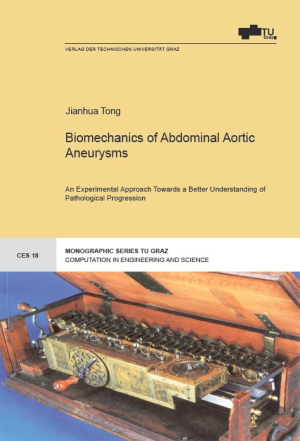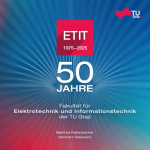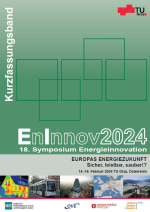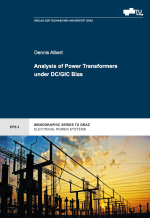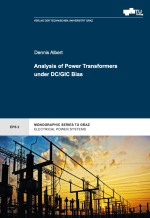An abdominal aortic aneurysm (AAA) is a vascular pathology associated
with permanent and localized dilatation of the abdominal aorta. Ruptures
of untreated AAAs are common and catastrophic events which may account
for high mortality rates, particularly in elder males. A refined
understanding of the biomechanical properties of the vascular tissues in
the AAA pathological progression may help to better explain intrinsic
rupture mechanisms due to tissue growth and remodeling.
This work
mainly focuses on experimental investigations of the biomechanical
properties of aneurysmal tissues. By performing biaxial extension and
peeling tests, we systematically explore biaxial mechanical responses
and quantitatively determine dissection properties of intraluminal
thrombi (ILT) and thrombus-covered walls, and further develop a more
appropriate 3D material model to characterize the biaxial mechanical
behaviors of both tissue types. Another key contribution of this work is
to determine the relative thrombus age within the AAA. As a novel
factor, the relative thrombus age is critically important to show the
initiation and progression of the ILT and its potential effects on AAA
wall mechanics. Regarding mass fraction analysis, particular attention
is given the quantification of dry weight percentages of elastin and
collagen within the layer-specific aneurysmal aortic structure.
Moreover, gender differences in the AAA lesion are also discussed.

